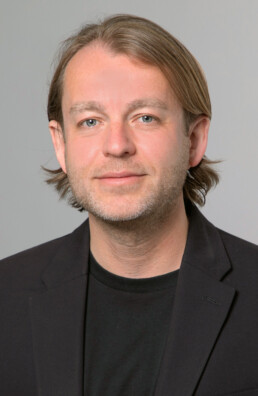
Prof. Dr. Björn Busse
University Medical Center Hamburg-Eppendorf
Heisenberg Professor for Biomedical Sciences, Bioengineering and Medical Technology Division, Department of Osteology and Biomechanics
The Heisenberg research group, hosted by the Department of Osteology and Biomechanics (IOBM), aims to generate new knowledge on the cellular, structural and compositional properties of bone and biological materials. In particular, structure-function relationships of soft and hard tissue and their influence on the biomechanical behavior under physiological and pathological conditions are key to the group. This research is conducted is a translational manner, while focusing on animal models and human cohorts. When targeting structural materials as bone and other biological materials ‘interfaces’ reflect crucial regions of interest for tissue repair, development, growth, healing, and fracture risk. In addition, the integrative behavior of implants and biomaterials are studied with a multi-modal interdisciplinary combination of techniques having their seeds in skeletal biology, functional imaging, and medical technology. Our goal is to enhance the understanding of interfaces in soft and hard tissue pathologies and their interaction with synthetic and biological substitute materials. This research advances the current knowledge in interface research, medical technology and bioengineering and provides new perspectives on potential treatment and regeneration options in tissue pathologies and metabolic diseases.
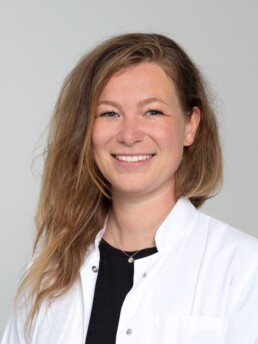
Imke Fiedler, PhD
University Medical Center Hamburg-Eppendorf
Researcher at the Heisenberg Research Group, Department for Osteology and Biomechanics
Imke has a background in biomedical engineering and uses an interdisciplinary approach to study the risk factors contributing to an increase in fracture risk of bone. Musculoskeletal tissues such as bone, muscle and tendon are hierarchical structures, where numerous interfaces within and between the tissues play an important role in maintaining their biomechanical performance. Combining various imaging and analytical tools from the whole body level to the tissue level, i.e., from the macro- to the nanoscale, can help to gain a better understanding of the interfaces contributing to the integrity of the musculoskeletal system. Imke holds a research specialist position in the ICCIR and focuses on high resolution imaging and multi-scale material characterization. Her special interest is on establishing small-sized laboratory fish models to study tissues at the interface during musculoskeletal development, aging and in case of diseases in vivo.

Prof. Dr.-Ing. Alexander Schlaefer
Hamburg University of Technology
Head of Institute for Medical Technology and Intelligent Systems
The research focus of the Institute of Medical Technology and Intelligent Systems at Hamburg University of Technology includes robotics, image processing, and image guidance as well as the development and adaptation of machine learning approaches and optimization methods for clinical applications. We are particularly interested in detecting and compensating motion and deformation of tissue structures, e.g., using spatio-temporal deep learnings and fast volumetric imaging like OCT and ultrasound. We collaborate with a range of clinical partners, including from cardiology, oncology, neurology, surgery, and radiation therapy with applications ranging from radiation therapy treatment plan optimization to robotic needle placements.
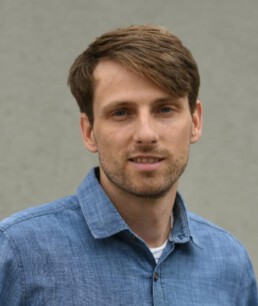
Maximilian Neidhardt, M.Sc.
Hamburg University of Technology
research assistant at the Institute for Medical Technology and Intelligent Systems
With a background in medical engineering, Max’s main research focus is in the field of elastography and real-time data processing. By using fast imaging modalities such as optical coherence tomography (OCT) and ultrasound imaging we can track excited shear waves inside soft tissue. Mapping the elasticity in a minimally invasive fashion and generating elasticity maps in real-time is a main focus. We acquire 3D and 4D image data and study multi-dimensional neural networks for real-time prediction of elasticity. Next to superficial imaging devices we also focus on minimal invasive needle probes with integrated elasticity sensing. We study if a surgeon can feel tissue interfaces during needle insertions while a robot applies haptic feedback. Essentially, the surgeon will navigate by sensing the tissue interfaces.
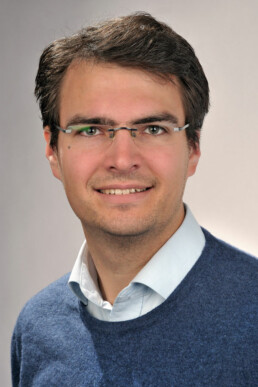
Prof. Dr.-Ing. Tobias Knopp
University Medical Center Hamburg-Eppendorf and Hamburg University of Technology
Head of Institute for Biomedical Imaging
The Institute for Biomedical Imaging (IBI) is a joint institute of the University Medical Center Hamburg-Eppendorf and the Hamburg University of Technology and focuses on image reconstruction within several tomographic imaging techniques. In particular the new method magnetic particle imaging is researched and new image reconstruction and artifact reduction algorithms are developed for the method. In addition to image reconstruction, the institute investigates new imaging sequences and new scanner hardware. In the field of magnetic resonance imaging and computed tomography, the institute develops algorithms for accelerated and dose reduced measurement protocols and for multi-contrast imaging.
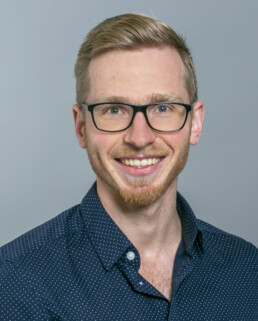
Mirco Grosser, M. Sc.
University Medical Center Hamburg-Eppendorf
Research Assistant at the Institute for Biomedical Imaging
Having a background in physics and biomedical imaging, Mirco’s main research focus are algorithmic techniques for image reconstruction and artifact reduction in different imaging modalities such as magnetic particle imaging and magnetic resonance imaging. A common aspect of modern image reconstruction techniques is the targeted use of prior knowledge in order to reduce measurement time, increase image quality or mitigate imaging artifacts. This can either be achieved using classical optimization techniques or using modern data-driven approaches. To facilitate research at the interface of different imaging techniques, Mirco puts a focus on the development of reconstruction tools within a common framework that is both flexible and easily extendable.